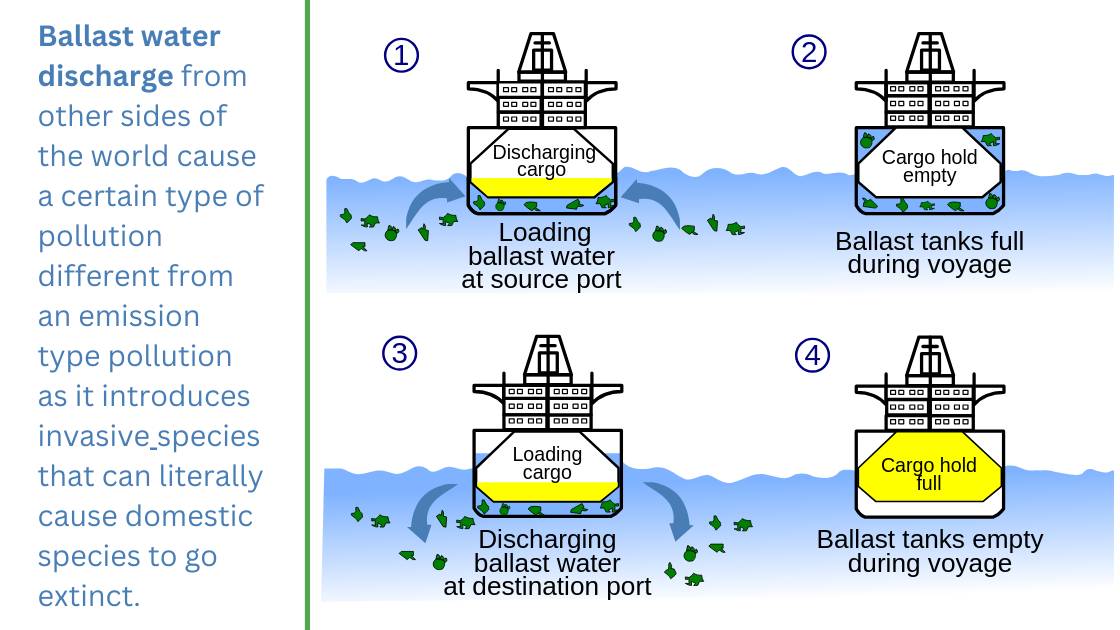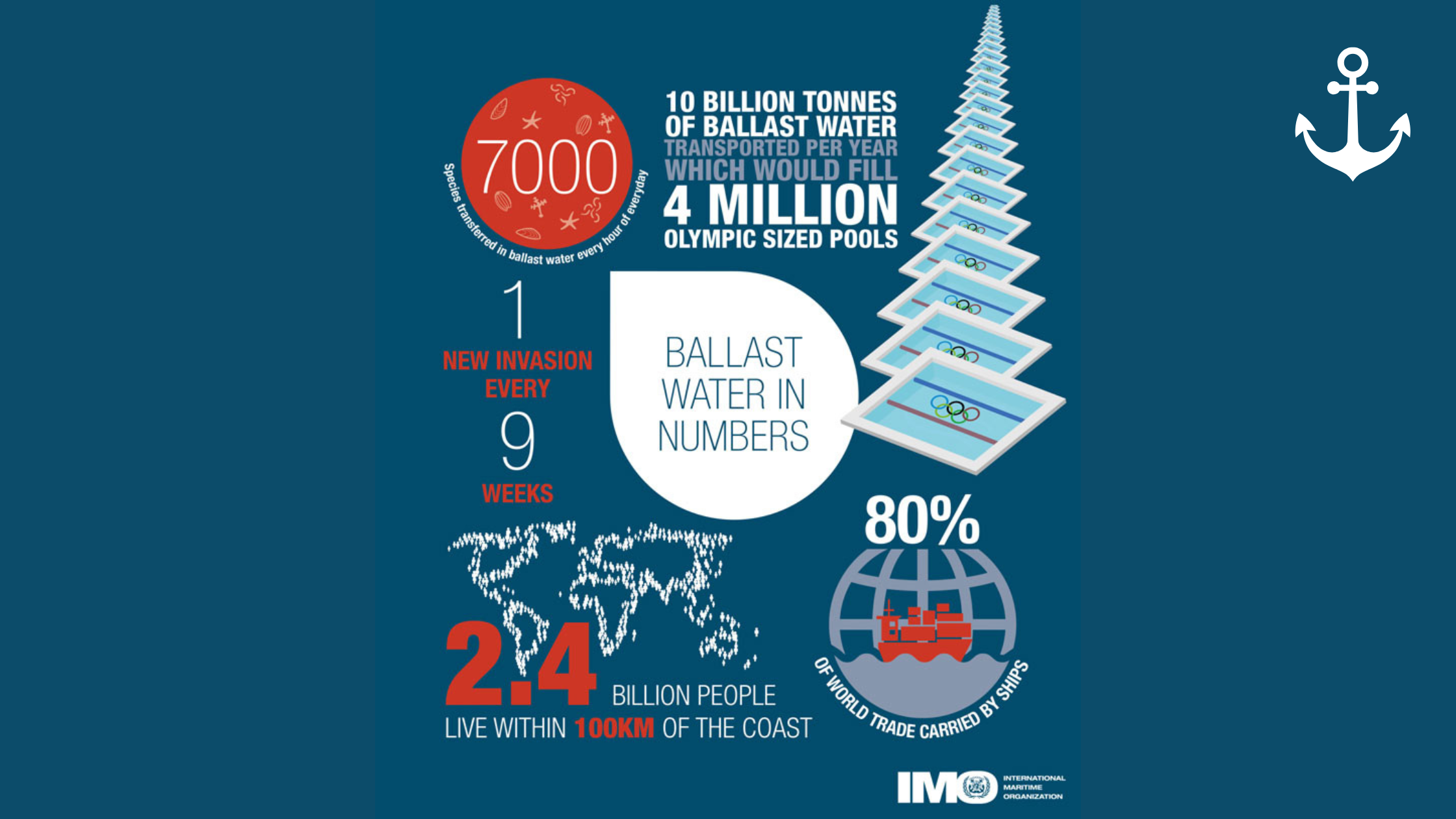Ballast Water Management Convention: An Exhaustive Overview

The Ballast Water Management Convention, also known as the BWM Convention, is a significant international maritime treaty established in 2004. Its primary goal is to tackle the critical issue of managing and controlling ballast water and sediments to prevent the transfer of harmful aquatic organisms between different regions and mitigate environmental damage caused by ballast water discharge.
In this MarineX blog, we will explore the origins of the BWM Convention, its enforcement, and its various requirements and standards. We will strive to be as elaborate as possible.
However, please note that conventions are regularly updated, so we encourage readers to always look for updates, particularly regarding amendments and ratifications that may occur.
One may think, nowadays, we're all about regulations rather than ships.
Regardless of personal opinions, we must follow these rules, starting with a thorough understanding.
Origin and Enforcement

The concerns surrounding non-indigenous marine species being transported in ships' ballast water date back to 1903 in the North Sea when the Asian phytoplankton Odontella was first discovered.
However, the issue gained significant attention with the exponential growth in global shipping during the late 20th century. This prompted discussions at the International Maritime Organization (IMO) in 1988, leading to the eventual adoption of the BWM Convention in 2004.

For the Convention to come into effect, it required ratification by a minimum of 30 States, representing 35% of the world's merchant shipping tonnage. Finland's accession on September 8, 2016, marked a pivotal moment as it brought the contracting states to 52, encompassing 35.14% of the combined tonnage of States.
Consequently, the Convention entered into force on September 8, 2017. Subsequently, more states ratified the treaty, with 78 contracting States representing 77.19% of global merchant shipping tonnage by November 2018.
Note: As of 15 July 2021, 86 countries were contracting States to the BWM Convention (representing 91.12% of the gross tonnage of the global merchant fleet).
Upgrade to our premium subscriptions to read full blog